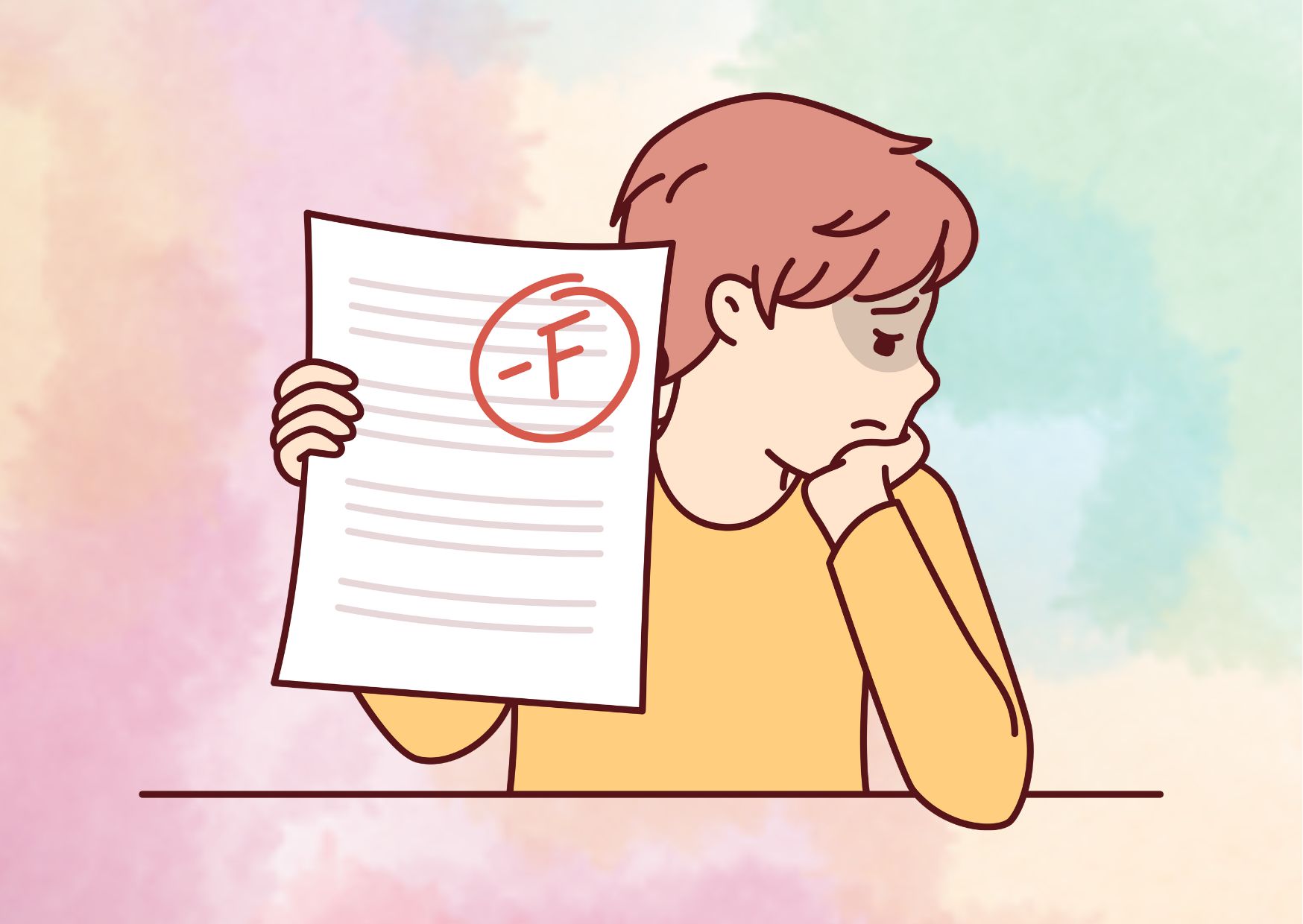16 Symptoms of Executive Dysfunction and Strategies to Overcome it
Executive dysfunction represents a significant barrier to daily life for many, impacting an individual’s ability to plan, organize, and regulate their emotions effectively. Understanding what executive dysfunction is and recognizing its symptoms are critical steps towards addressing this complex issue. The condition, often associated with neurological and mental health disorders such as ADHD, autism, and depression, goes beyond mere challenges with concentration or motivation. It encompasses a range of cognitive impairments that can severely limit a person’s capacity to function independently. With the growing awareness of executive dysfunction and its implications, acknowledging its presence and seeking appropriate solutions has become an essential aspect of improving one’s quality of life.
This article delves into the intricacies of executive dysfunction, aiming to shed light on its common symptoms, its relation to ADHD and other disorders, and the various causes that contribute to its development. A closer look at how executive dysfunction is diagnosed and evaluated sets the stage for exploring effective treatment options, including strategies to manage and mitigate its impact. From understanding the differences between ADHD paralysis and executive dysfunction to addressing the challenges posed by executive dysfunction autism, this comprehensive review offers insights into the multifaceted nature of the disorder. By defining executive dysfunction, discussing how to deal with it, and examining the possibilities of overcoming its obstacles, this guide presents a roadmap for individuals and their families to navigate through the complexities of living with executive dysfunction.
Understanding Executive Dysfunction
Executive dysfunction refers to a cluster of cognitive impairments that affect an individual’s ability to regulate and control their thoughts, emotions, and behaviors. It is characterized by difficulties in executing complex mental processes essential for goal-directed activities and adaptive functioning.
Definition and Overview
Executive functions are a set of higher-order cognitive processes that enable individuals to plan, organize, initiate, and monitor their actions and behaviors. These functions are crucial for managing daily tasks, problem-solving, and achieving long-term goals. Executive dysfunction occurs when there is a disruption or impairment in these cognitive processes, leading to challenges in various aspects of life.
Executive functions encompass several interrelated abilities, including:
- Working memory: The capacity to hold and manipulate information in the mind for a short period.
- Cognitive flexibility: The ability to shift between different tasks, perspectives, or strategies.
- Inhibition control: The ability to suppress irrelevant or inappropriate thoughts, emotions, and behaviors.
- Planning and organization: The ability to set goals, develop strategies, and organize tasks and resources.
- Emotional regulation: The ability to manage and modulate emotional responses appropriately.
Key Cognitive Processes Affected
Executive dysfunction can manifest in various ways, impacting several key cognitive processes:
- Attention and Focus: Individuals with executive dysfunction may experience difficulties sustaining attention, becoming easily distracted, and struggling to concentrate on tasks for extended periods.
- Task Initiation and Completion: They may face challenges in starting and finishing tasks, often procrastinating or getting stuck in the middle of a process.
- Time Management and Organization: Executive dysfunction can impair the ability to manage time effectively, prioritize tasks, and maintain an organized environment.
- Working Memory and Recall: Difficulties with working memory can lead to challenges in following instructions, retaining information, and retrieving relevant details when needed.
- Problem-Solving and Decision-Making: Executive dysfunction can hinder the ability to analyze situations, consider multiple perspectives, and make sound decisions.
- Self-Regulation and Impulse Control: Individuals may struggle with regulating their emotions, behaviors, and impulses, leading to impulsive actions or emotional outbursts.
It is important to note that the severity and specific manifestations of executive dysfunction can vary from person to person, depending on the underlying cause and the individual’s unique circumstances.
Common Symptoms of Executive Dysfunction
Executive dysfunction manifests in various ways, impacting an individual’s ability to manage daily tasks and responsibilities effectively. Some common symptoms include:
Inability to Plan or Organize
One of the most prevalent symptoms of executive dysfunction is difficulty with planning and organization. Individuals may struggle to:
- Break down larger tasks into smaller, manageable steps.
- Prioritize tasks based on importance or deadlines.
- Gather and organize necessary materials or information for a task.
- Visualize the end goal or finished product, making it challenging to plan accordingly.
This lack of planning and organization can lead to procrastination, missed deadlines, and a general sense of disorganization in various aspects of life.
Managing Time and Prioritization Issues
Time management and prioritization are closely linked to planning and organization skills. Individuals with executive dysfunction may experience:
- Difficulty estimating the time required to complete tasks, often underestimating or overestimating the duration.
- Struggles with multitasking or shifting between tasks efficiently.
- Challenges in meeting deadlines or being consistently late for appointments or events.
- Inability to prioritize tasks based on their importance or urgency, leading to a focus on less critical activities.
These time management and prioritization issues can significantly impact productivity, punctuality, and the ability to meet personal and professional obligations.
Other common symptoms of executive dysfunction include:
- Distractibility and difficulty sustaining attention
- Impulsivity and poor impulse control
- Struggles with emotional regulation and managing emotions
- Forgetfulness or memory lapses, particularly related to instructions or details
- Difficulty initiating tasks or activities
- Perseveration (getting stuck on a particular thought or behavior)
- Challenges with problem-solving and decision-making
- Social inappropriateness or difficulty understanding social cues
It’s important to note that the manifestation and severity of these symptoms can vary from person to person, and individuals may experience a combination of these challenges to varying degrees.
Relation to ADHD and Other Disorders
Executive dysfunction is closely linked to several neurological and mental health conditions, most notably Attention Deficit Hyperactivity Disorder (ADHD). Understanding this relationship is crucial for recognizing the underlying causes and developing appropriate treatment strategies.

